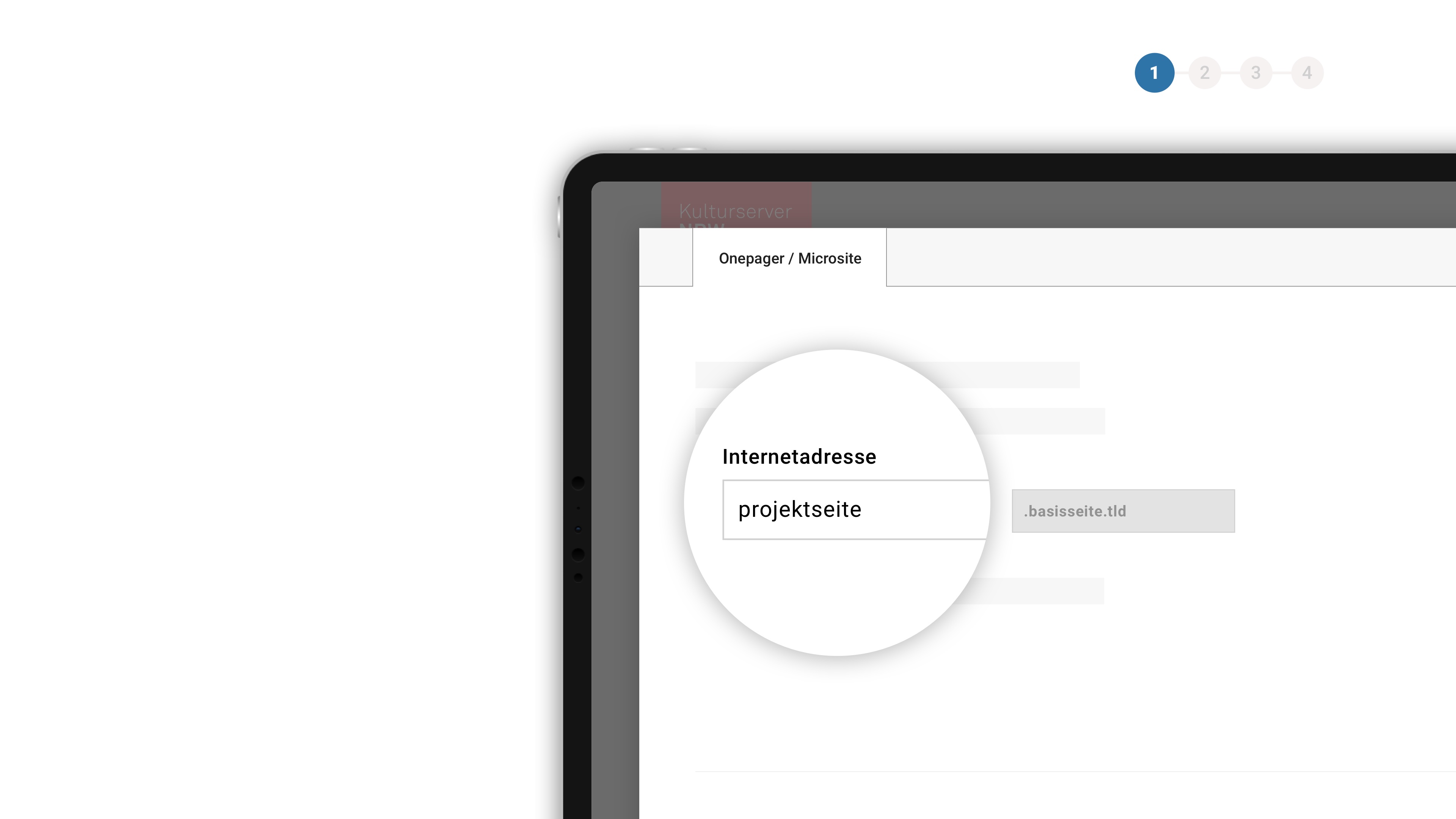Topical then, topical now: A 1920s fantasy of enthusiasm versus fatalism - Deutsche Oper Berlin
Topical then, topical now: A 1920s fantasy of enthusiasm versus fatalism
We put four questions to the director
Director Ersan Mondtag is no unknown quantity in Berlin, having presented his vivid productions at the Berlin Theatertreffen Festival and worked at the Gorki Theater and the Berliner Ensemble. He is now preparing for the opening of his first opera in Berlin – a relatively unknown work by the Danish outsider composer Rued Langgaard. ANTIKRIST is a church opera-cum-oratorio that draws its inspiration from mediaeval mystery plays. God and the Devil appear as characters and humankind is forced to contemplate its vices. An acutely symbolic, encrypted text is paired with a highly emotional and decidedly Late Romantic score. We put four questions to the director:
Your first opera production has just had its premiere in Antwerp: Franz Schreker’s DER SCHMIED VON GENT. Like Rued Langgaard’s ANTIKRIST, DER SCHMIED is a largely unknown opera written in the 1920s. Are there similarities between the two?
They’re actually like chalk and cheese. They may have been written around the same time, but they’re complete opposites as far as the music and libretto go. The libretto of Schreker’s “Schmied von Gent” is absolutely amazing. It’s so dense and complex that you could ditch the music and just perform it as a play. You could never do that with ANTIKRIST; the libretto doesn’t work at all without the music. With ANTIKRIST you have this young, jaded composer earnestly trying to distil in words the state of the world as he sees it and employing great pathos and religiosity as he does so. The way he does it is reminiscent of Jelinek in the sense that the inner state of a human being finds perfect expression in the form of his artwork. ANTIKRIST is a real challenge. There’s no storyline to speak of, no characters that interact. There are only isolated set pieces and states. It’s pretty much diametrically opposed to what I’ve just come from – and it’s utterly thrilling.
ANTIKRIST was written in the turbulent 1920s and we’re embarking on the 2020s. There are a lot of comparisons being drawn. Are there parallels between the two decades, in your eyes?
The libretto is obviously a mirror of the period. I think of it as a parable of a burgeoning fascism across Europe. You have this pact being struck between Lucifer and God at the start of the opera and leading up to the revelation of the Antichrist and of all vices, all temptation, and you can read it as a kind of Hitler-Stalin pact. People in the audience will doubtless make their own association. Then you have characters like “The Mouth Speaking Great Things” … It all conjures up images of populists not only of yesteryear but also today. There’s a saying that history repeats itself every hundred years or so – and sure enough there are parallels to be seen. The climate debate, which has been growing in intensity for some years now, gives me more scope to indulge myself in the apocalyptic aspect of the opera.
In your words, the text is acutely symbolic, elusive, enigmatic. Is it a work that can be staged at all?
The libretto is saturated with metaphors, images and allusions, and it’s very inspiring. But it’s hard to confer sense and shape on the text onstage. Langgaard’s vision – often very specific – of how the work should look is impossible to realise on the stage, so I’ve been taking liberties with the libretto and concentrating on having the music speak to the images and scenery onstage from the orchestra pit. The music is the main reason for mounting the opera in the first place. Which is why I want to give the multifaceted and surprisingly smooth score room to be discovered. Apart from the soloists, I’m working with Rob Fordeyn, the choreographer, and a company of dancers. And together we’re coming up with a language of movement and set pieces that can reflect the music.
Your productions always represent a synthesis of visions – yours. You’re on record as calling yourself a set designer more than a director. What scenery and sets have Langgaard’s music and text inspired you to create?
The expressionist exaggeratedness is inherent to the subject, of course, but it comes across in the music, too. The organ, bells, fugues and brass chorales strike an end-of-days note, but they also convey hope. What you see on stage is going to be wildly colourful. The set was inspired by Christopher Nolan’s film “Inception”, which has some scenes in which the world appears to be curving round. In my ANTIKRIST a taxi falls from the sky and a hanged god is suspended above the stage. God has a vulva, although he’s a man. My production is going to be set in a late capitalist period against a big-city backdrop, with the world crashing and collapsing. It features hellish characters, gruesome, bulbous, fleshy monsters with horns. I’m not totally convinced by the surprisingly up-beat and optimistic ending with its casting-out of evil and veneration of God.
Interview: Lars Gebhardt





